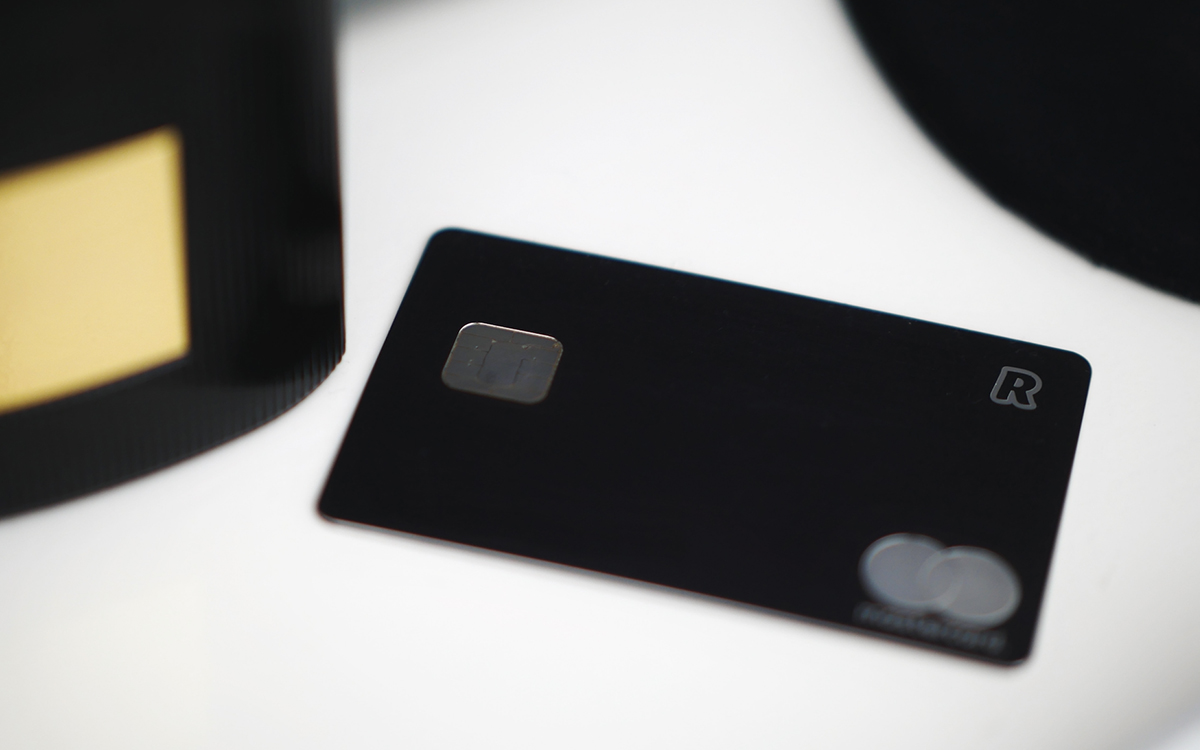Metal credit cards have firmly hit the mainstream.
In the aughts, the heaviest card in town was American Express’ fabled Centurion Card, an invitation-only, $5,000-annual-fee anodized titanium rectangle capable of bringing home a $1 million sports car in an afternoon. The card’s legendary perks launched competitors (Visa’s J.P. Morgan Palladium Card), scams (Billy McFarland’s ridiculous Magnises club) and helped cement the idea that laser-etched numbers and a nice thud when paying the bill equated to success.
These days, the 99% can find such cards for reasonable annual fees from a bevy of service companies to suit a variety of personal preferences. Capital One’s Savor Card, for example, is a $95/year slice of stainless-steel heaven for foodies that gets you 4% cash back on dining and events, plus 2% back on groceries. Chase’s Sapphire Reserve Card offers rewards on Lyft rides and worldwide travel. Amazon’s even got one — it’s free with your Prime membership, and offers 5% cash back on all purchases from the site. There are even entire articles devoted to cracking the best heaviness-to-fee ratio.
(Your best bet, for those curious, is the MasterCard Titanium Card, which weighs in at a whopping 22 grams but costs just $195 a year.)
As these options continue to grow, and more consumers elect to join the heavy-walleted ranks, either for ego or airport lounge access (or both), one question will arise time and time again: How the hell do we get rid of these things? When it’s time to say goodbye to a plastic card — it’s expired, it was compromised, you’re closing your account — the answer is simple: cut that thing up and toss it in the trash. Poke the little chip out if you’re feeling extra neurotic.
But metal credit cards are little Terminators. A Chase Sapphire Reserve cardmember shared his efforts to destroy his card with The Points Guy a few years ago, and it sounds like the thing nearly broke his office shredder. He had to use a bypass lopper (a tool meant for cutting branches up to 2″ thick) just to get to this mangled mess. Hacking away at your card will eventually render it unusable, of course. Once you put a hole through the chip, erode the swiping stripe or severely scar the face, it won’t have much use for the ill-intentioned folks out there.
But you shouldn’t have to risk losing a finger for some basic financial security. Thankfully, the majority of credit-card carriers now offer services where they’ll destroy your card for you. When you card arrives, keep an eye out for a prepaid envelope. If one never came (or, let’s, be honest, you chucked it), put in a request to send it back.
Until that day comes, find a card that works for you here, and go take everybody out for some surf and turf.
Whether you’re looking to get into shape, or just get out of a funk, The Charge has got you covered. Sign up for our new wellness newsletter today.


















